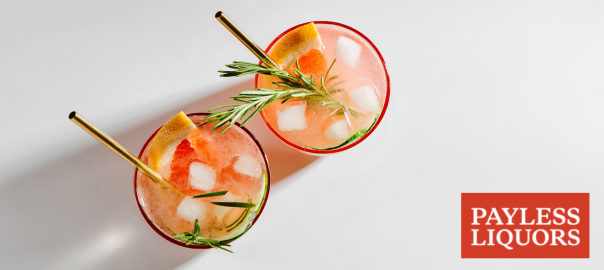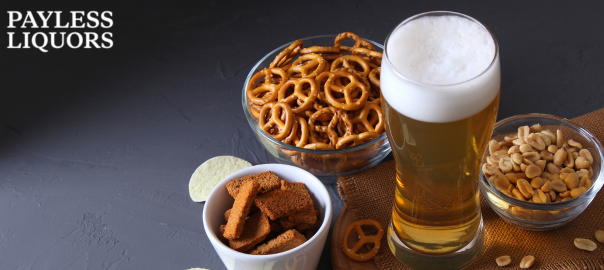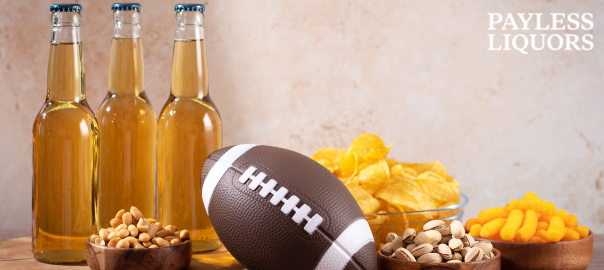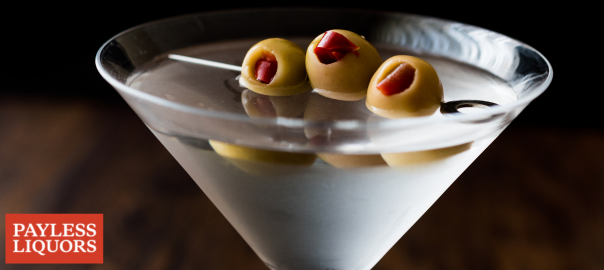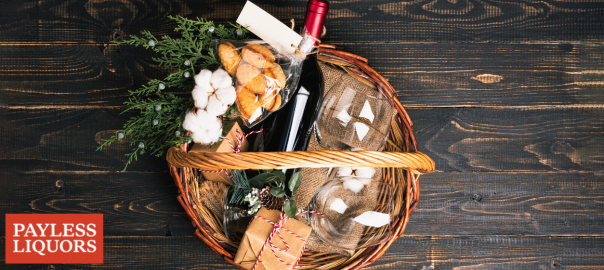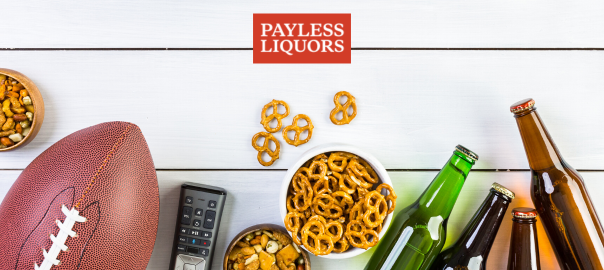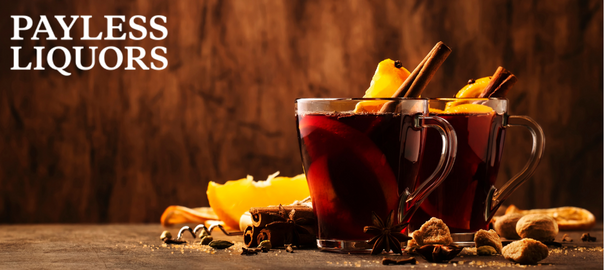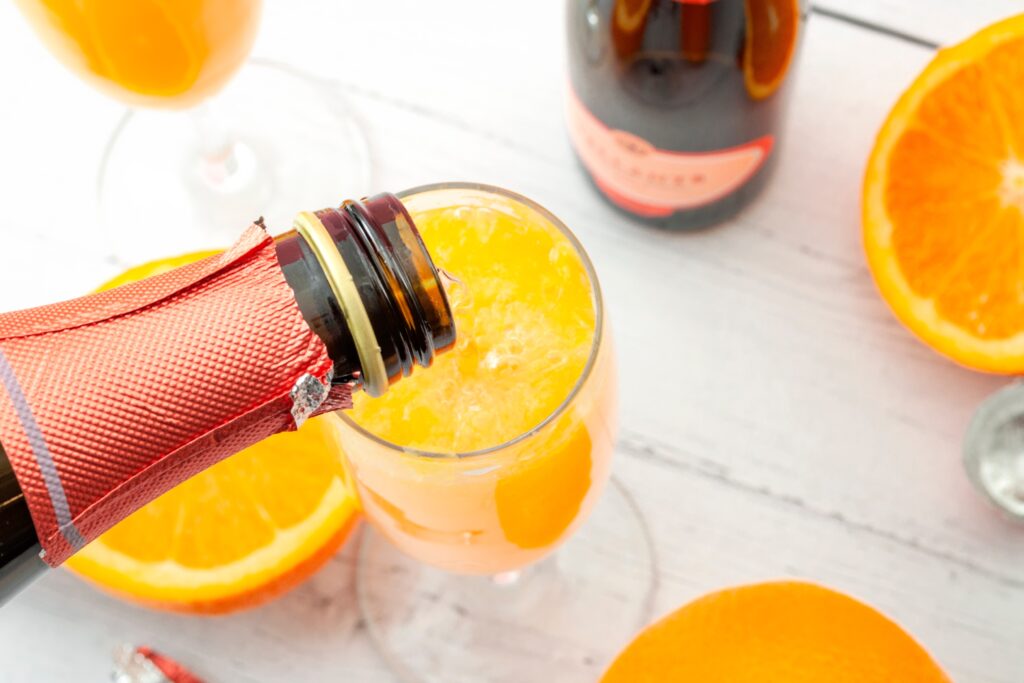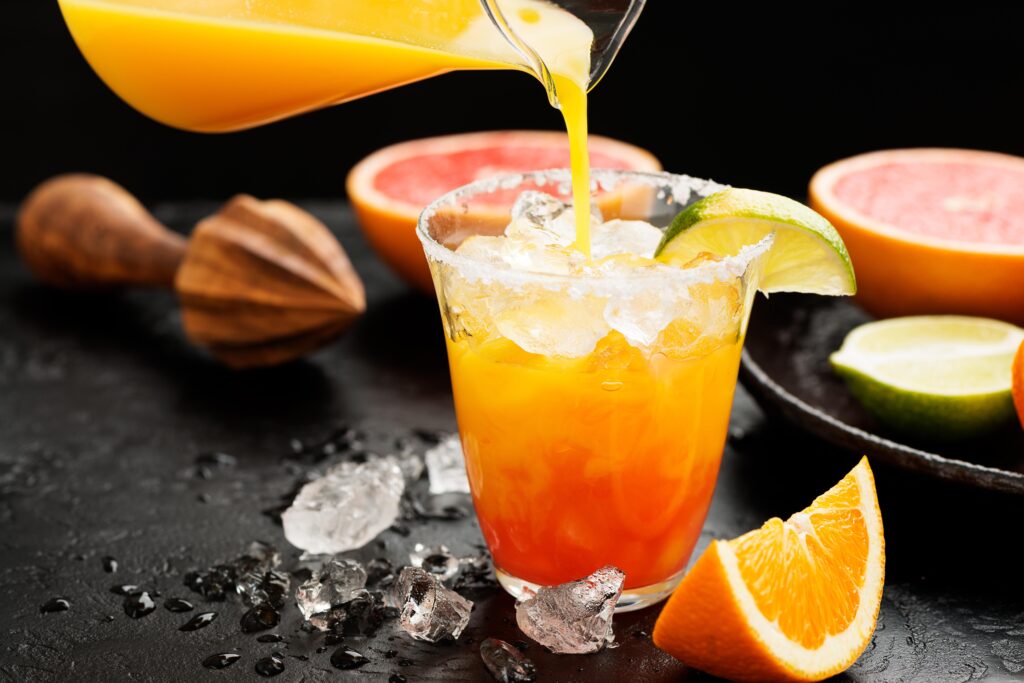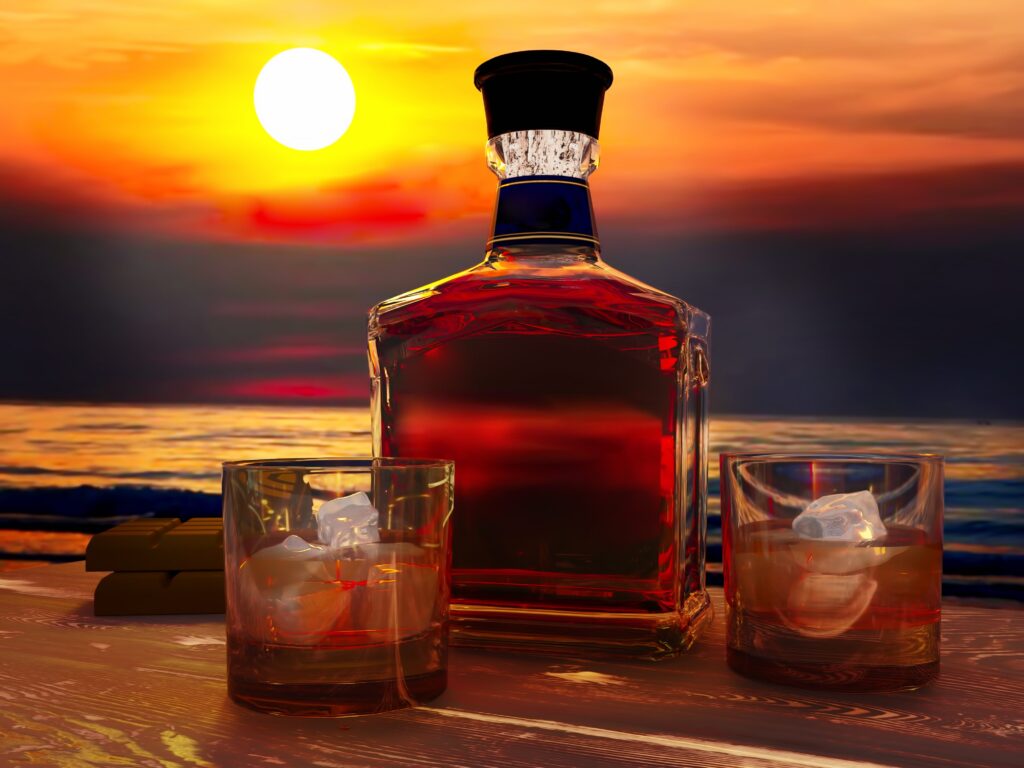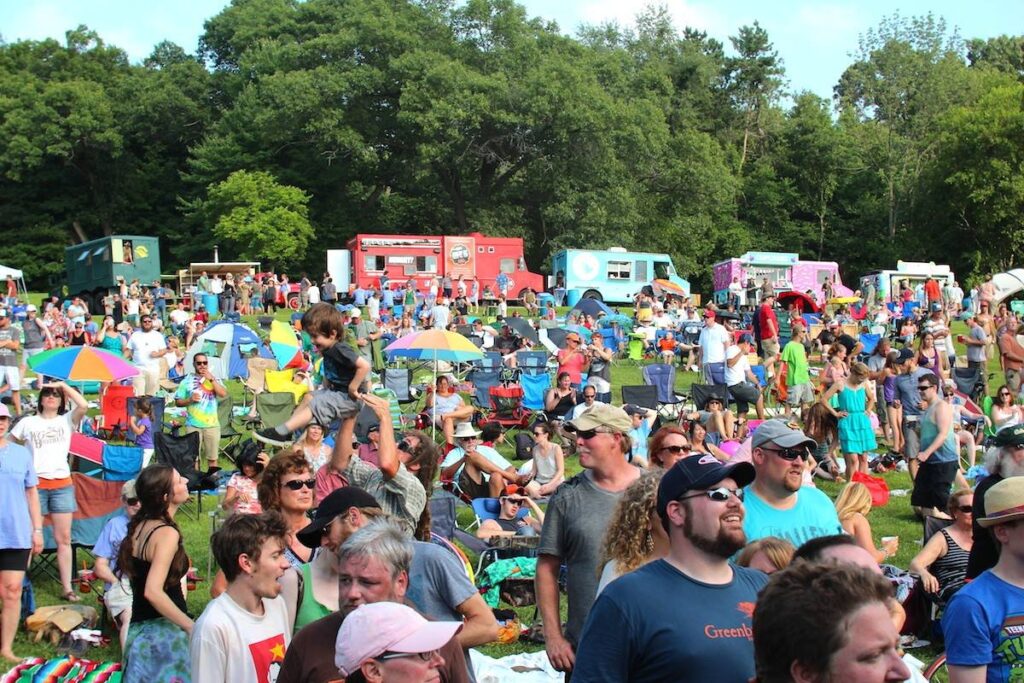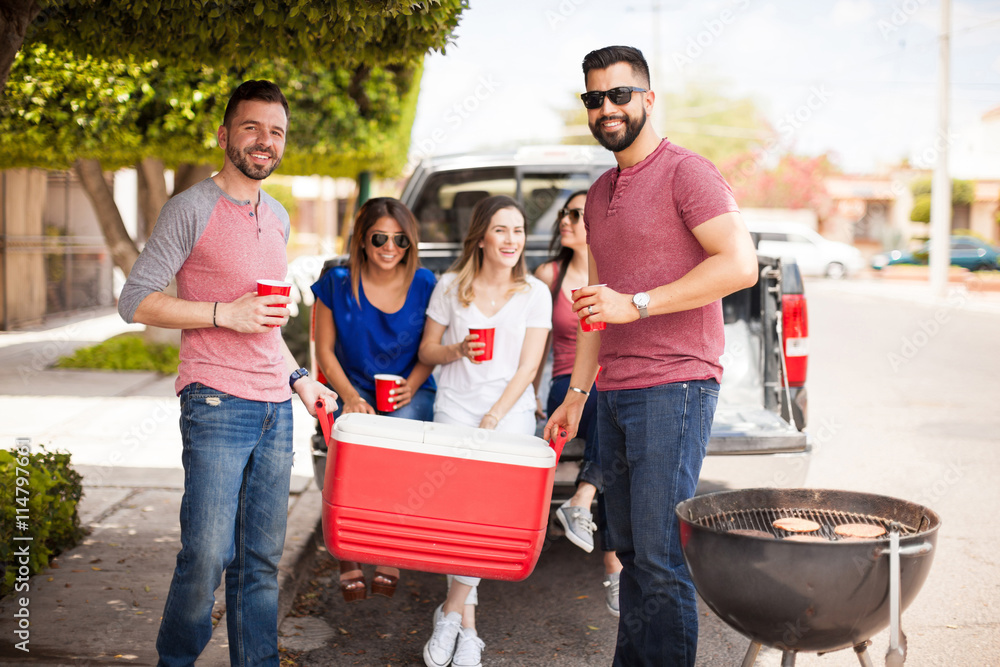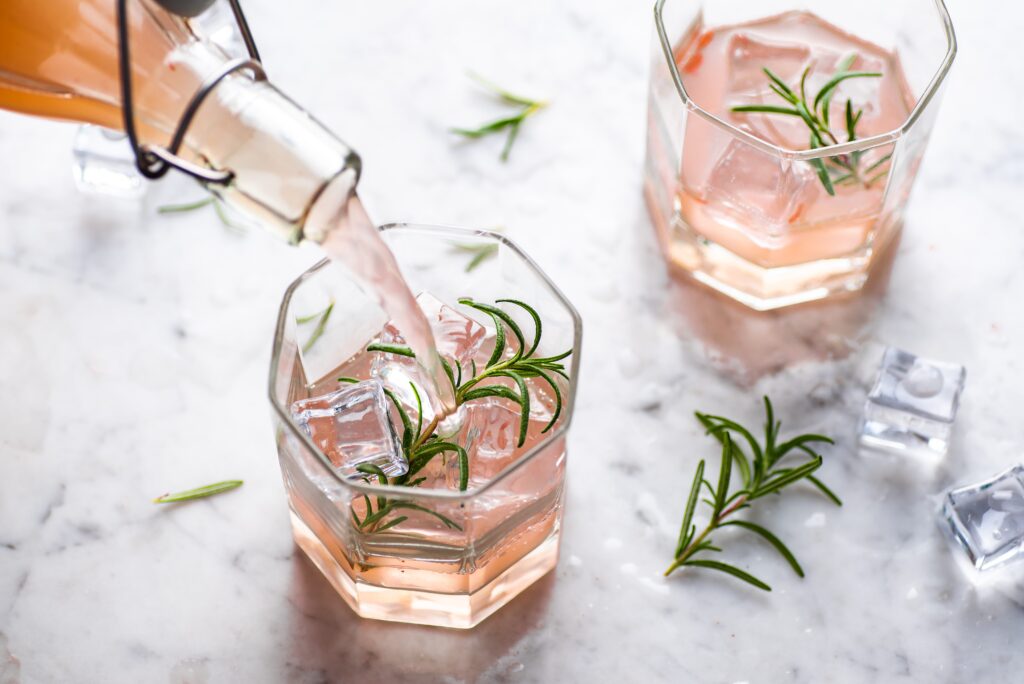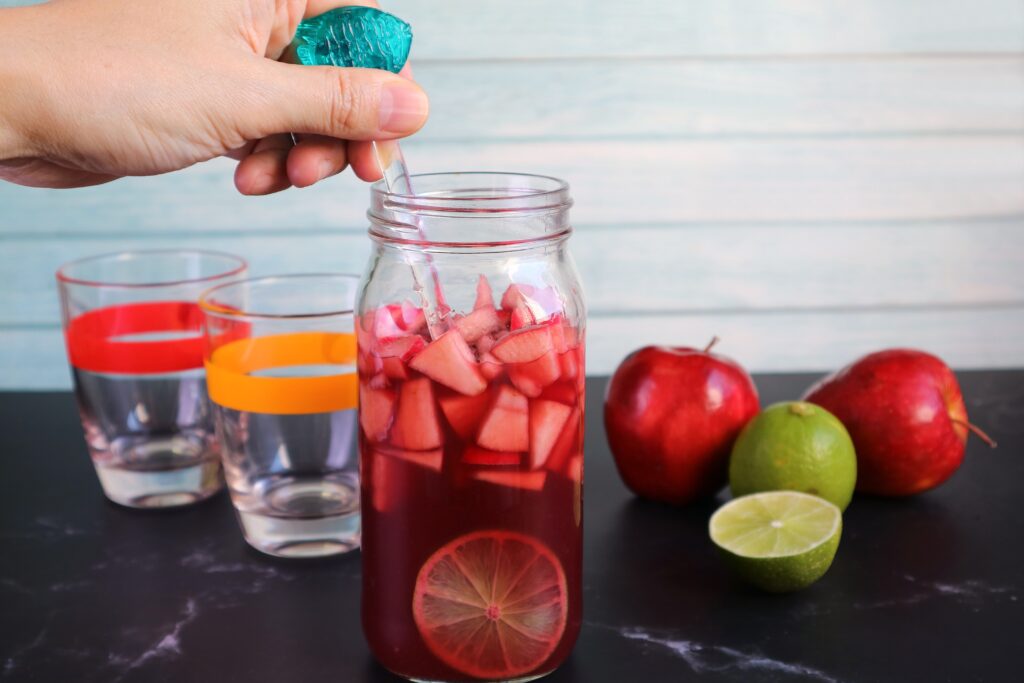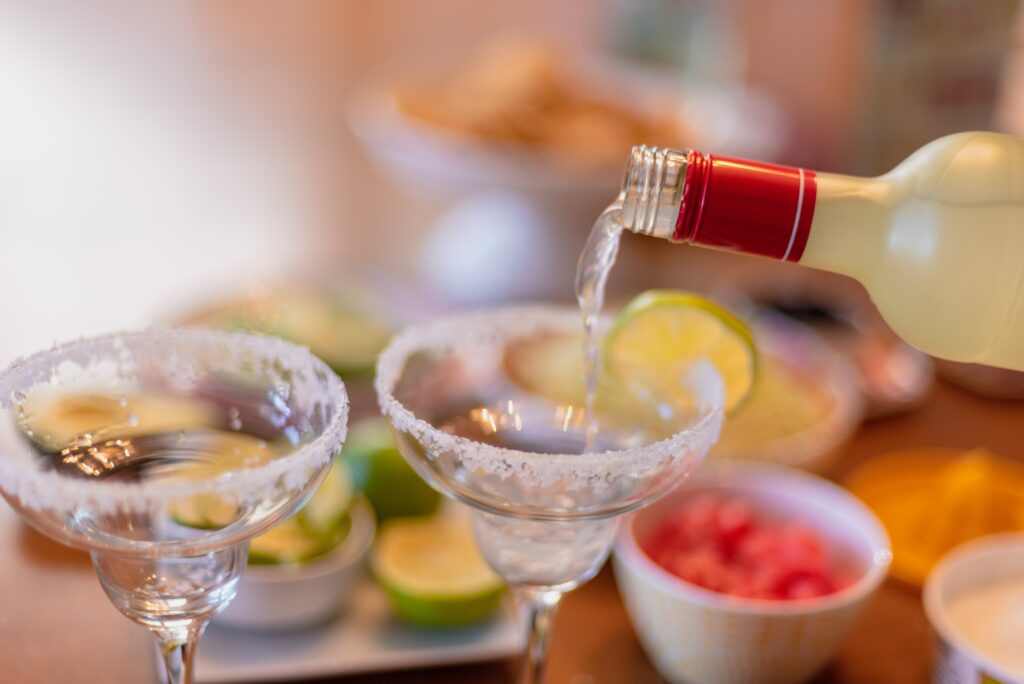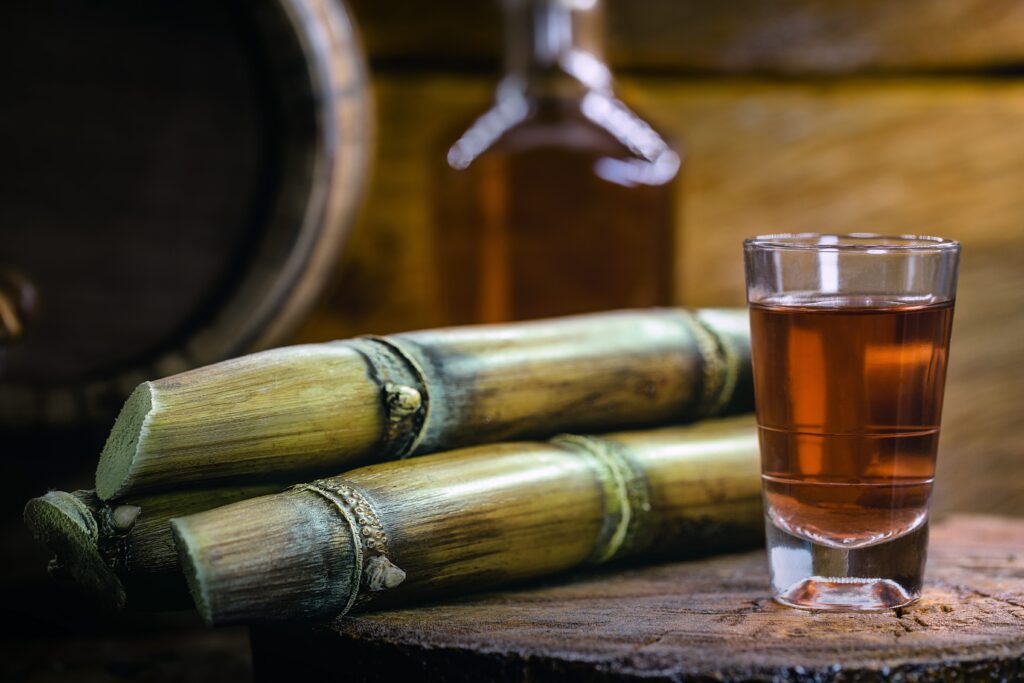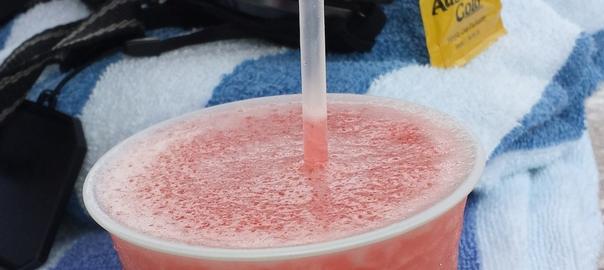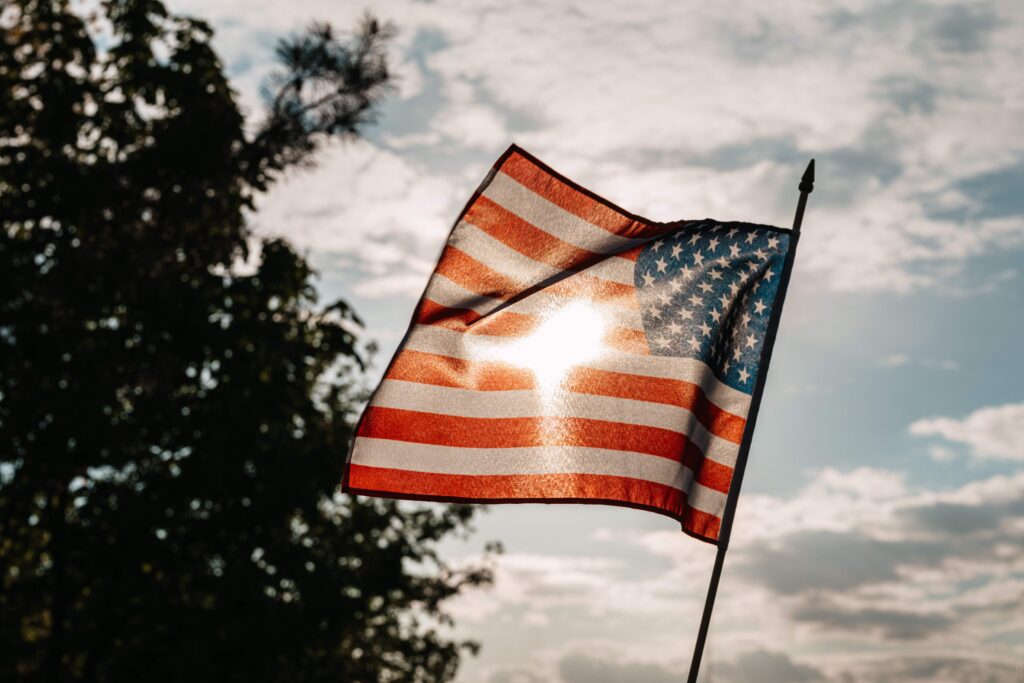With the smell of blooming flowers and the sound of chirping birds, spring brings a new zest into our lives — and our drink menus. It’s the season of renewal, the perfect time to celebrate with friends, sit on the patio, or simply relax at home with a delicious, refreshing cocktail in hand. Payless Liquor Stores welcome the spring with a lineup of the freshest and most tantalizing drinks to savor under the sunny skies. Gather your ingredients, and join us for a toast to the season of beginnings.
Rhapsody in Blue: The Classic Blue Lagoon
The Blue Lagoon cocktail is synonymous with the pre-summer vibe, evoking images of clear skies and calm bodies of water. It’s a simple drink but with a vibrant blue hue, creating a refreshing visual treat that’s second only to its taste. To create the magic:
Ingredients:
- 1 ¼ oz Vodka
- ½ oz Blue Curaçao Liqueur
- Lemonade
- Ice Cubes
Garnish:
- Lemon Wedge
Instructions:
- Fill a highball glass with ice cubes.
- Pour the vodka and blue curacao over the ice.
- Top up with lemonade.
- Stir gently to mix.
- Add a lemon wedge to the rim of the glass for that final touch.
Sip slowly and feel the waves of the lagoon in your glass. This drink is a testament to keeping things cool and chic in the warmer weather.
The Flowering Elegance: Lavender Gin Fizz
Spring is the season of lavender blooms, and what better way to incorporate this fragrant flower into your celebrations than with a Lavender Gin Fizz? This delicate cocktail is a dreamy concoction that you can make at home with ease.
Ingredients:
- 2 oz Gin
- ½ oz Simple Syrup
- 1 tsp Dried Lavender Buds
- 1 oz Fresh Lemon Juice
- Club Soda
- Ice Cubes
Garnish:
- Lavender Sprig
Instructions:
- In a shaker, muddle the lavender buds with the simple syrup.
- Add the gin and lemon juice to the shaker with ice.
- Shake well.
- Strain the mixture into a glass filled with ice.
- Top with club soda and stir.
- Garnish with a lavender sprig.
This delightful fizz not only tastes exquisite but also translates into a lovely aroma that lingers, making it perfect for an evening soiree as the sun sets.
The Fruity Fiesta: Pineapple Mojito
Mojitos are always a hit, but a Pineapple Mojito takes the classic to a whole new level with an added tropical twist. This cocktail is all about the sweet and tangy flavors that remind us of the islands and sunny days.
Ingredients:
- 6-8 Mint Leaves
- ½ Lime, cut into 4 wedges
- 2 tbsp White Sugar
- 1 cup Ice Cubes
- 1 ½ oz White Rum
- 4 oz Pineapple Juice
- 2 oz Club Soda
Garnish:
- Pineapple Wedge
- Mint Sprig
Instructions:
- Place mint leaves and lime wedges in a sturdy glass.
- Use a muddler to crush the mint and lime to release the mint oils and lime juice.
- Add 2 more lime wedges and the sugar, and muddle again to release the lime juice.
- Don’t strain the mixture; fill the glass almost to the top with ice.
- Pour the rum over the ice, then fill the glass with pineapple juice.
- Top with club soda.
- Stir well and garnish with a pineapple wedge and a sprig of mint.
This cocktail is like a tropical getaway in a glass. It’s best enjoyed with friends and some feel-good reggae playing in the background.
The Bitter-Sweet Symphony: Aperol Spritz
Aperol Spritz is the epitome of a laid-back, refreshing drink that perfectly complements a lazy afternoon. This Italian favorite has captured the hearts of many with its gentle bitterness and effervescence, making it a must-have for the season.
Ingredients:
- 3 parts Prosecco
- 2 parts Aperol
- 1 splash of Soda Water
- Ice Cubes
Garnish:
- Orange Slice
- Green Olive
Instructions:
- Fill a wine glass with ice.
- Combine Prosecco and Aperol in equal parts over the ice, then add a splash of soda water.
- Stir gently with a spoon.
- Garnish with an orange slice and a green olive.
The Aperol Spritz is a great aperitif — its light and crisp profile make it an excellent choice to whet the appetite before any meal. Saluti to the perfect start for a spring evening.
The Exotic Journey: Mango and Basil Margarita
Take your taste buds on an exotic trip with a Mango and Basil Margarita, a unique blend of sweetness and herbal notes that create an unforgettable cocktail.
Ingredients:
- 2 oz Tequila
- 1 oz Triple Sec
- 1 ½ oz Fresh Lime Juice
- 4 Fresh Basil Leaves
- ½ cup Fresh Mango, diced
- Ice Cubes
Garnish:
- Basil Leaf
- Mango Slice
Lime wedge (optional)
Instructions:
- Rim the edge of a glass with salt. Fill the glass with ice.
- In a shaker, muddle the mango and basil leaves.
- Add the tequila, triple sec, and lime juice to the shaker with ice and shake well.
- Strain the mixture into the prepared glass.
- Garnish with a basil leaf and mango slice, and a lime wedge if desired.
This margarita is the perfect blend of sweet and savory, with the mango bringing a tropical vibe and the basil adding a refreshing twist. It’s a true party in a glass, celebrating the diversity of flavors that spring has to offer.
This spring, indulge in the season’s beautiful bounty through a glass filled with the vibrant hues and delectable flavors of these refreshing cocktails. Each drink not only tastes amazing but is also a reflection of the new beginnings and life that the season brings.
Head over to Payless Liquor Stores to pick up the finest ingredients for these cocktails, and share your joy of spring with everyone around you. Happy mixing, and here’s to a season full of flavor and fun!

